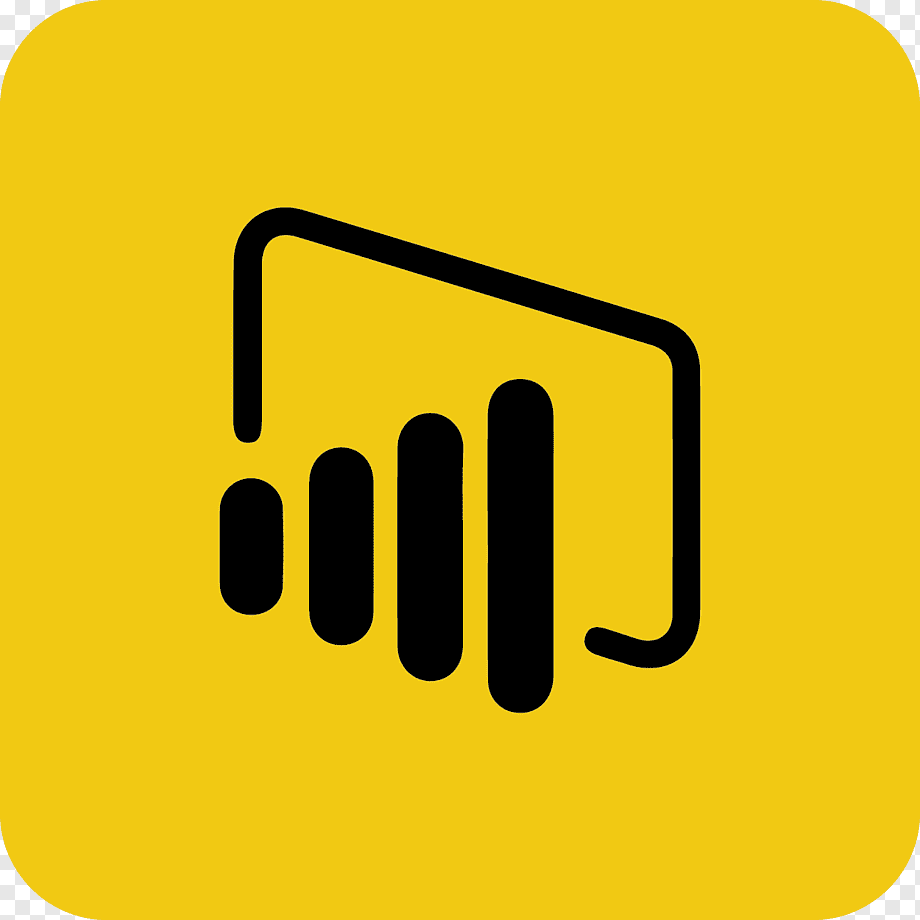Today, the ability to extract insights from vast amounts of information is paramount. This is where data analytics comes into play. In this comprehensive guide, we will explore the fundamentals of data analytics, including its definition, its distinction from data science, various types of data analysis techniques, real-world case studies, and the responsibilities of a data analyst. By the end of this guide, you will have a solid understanding of data analytics and its potential to drive informed decision-making.
What is Data Analytics?
Data analytics is the process of examining diverse datasets to uncover hidden patterns. It involves the use of various tools, technologies, and statistical techniques to derive valuable insights from data. Data analytics enables organizations to make data-driven decisions, optimize processes, and gain a competitive edge in today’s business landscape.
By leveraging data analytics, businesses can extract actionable insights from their data. That helps them enhance operations, improve customer experiences, and drive innovation.
Difference between Data Analytics and Data Science

While data analytics and data science are often used interchangeably, they have distinct differences in their scope and focus. Data analytics primarily deals with extracting insights from existing data. It answers specific questions and solves defined problems. It focuses on descriptive and diagnostic analysis, aiming to understand what happened and why.
On the other hand, data science encompasses a broader set of activities. It involves not only analyzing data but also collecting, cleaning, and preparing it for analysis. Data science incorporates techniques from various disciplines such as mathematics, statistics, and computer science to extract insights and build predictive models. It encompasses both exploratory and inferential analysis to uncover patterns and make predictions.
Types of Data Analysis
Data analysis encompasses several techniques that enable extraction insights and drive decision-making. Let’s explore the different types of data analysis:
Descriptive Analytics
Descriptive analytics focuses on summarizing and interpreting historical data to gain insights into past events and trends. It involves the examination of data to answer questions such as “What happened?” and “What are the key patterns and trends?”
Descriptive analytics techniques include data summarization, aggregation, visualization, and statistical measures such as mean, median, and mode. This type of analysis provides a foundation for understanding historical performance and forming the basis for further analysis.
Diagnostic Analytics
Diagnostic analytics aims to understand the reasons behind specific events or outcomes. It involves drilling down into data to identify the factors that contributed to a particular result. Diagnostic analytics goes beyond descriptive analytics by answering questions like “Why did it happen?” and “What were the causes and correlations?”
Techniques used in diagnostic analytics include root cause analysis, correlation analysis, and hypothesis testing. By identifying the underlying causes of certain outcomes, organizations can make informed decisions to improve future performance.
Predictive Analytics
Predictive analytics focuses on forecasting future outcomes based on historical data and patterns. It involves the use of statistical models and machine learning algorithms to make predictions and projections. Predictive analytics answers questions such as “What is likely to happen in the future?” and “What are the probabilities of certain outcomes?”
This type of analysis is valuable for organizations seeking to optimize operations, identify potential risks, and make data-driven decisions. Techniques used in predictive analytics include regression analysis, time series analysis, and machine learning algorithms.
Prescriptive Analytics
Prescriptive analytics takes data analysis a step further by providing recommendations and actionable insights. It involves using optimization and simulation techniques to identify the best course of action based on various constraints and objectives. Prescriptive analytics answers questions like “What should we do?” and “What actions will maximize our desired outcomes?”
This type of analysis is particularly valuable in complex decision-making scenarios where multiple factors need to be considered. Techniques used in prescriptive analytics include linear programming, simulation modeling, and decision tree analysis.
Real-time Analytics
Real-time analytics focuses on analyzing data as it is generated to gain immediate insights and enable real-time decision-making. It involves processing and analyzing streaming data in real time to identify patterns, anomalies, and emerging trends. Real-time analytics is commonly used in applications such as fraud detection, network monitoring, and predictive maintenance.
Techniques used in real-time analytics include stream processing, complex event processing, and real-time visualization. By analyzing data in real time, organizations can respond quickly to changing conditions and make timely interventions.
Real-world Case Studies of Data Analytics

One of the best ways to understand the practical application of data analytics is through real-world case studies. Let’s explore a few examples:
- Retail Industry: A large retail chain can analyze customer purchase history to identify buying patterns and preferences. By applying predictive analytics, they can optimize inventory management, personalize marketing campaigns, and increase customer satisfaction.
- Healthcare Sector: A hospital can use data analytics to predict patient readmission rates. By analyzing patient records, demographics, and medical history, they can identify high-risk individuals and implement proactive measures to reduce readmissions, leading to improved patient outcomes.
- Financial Services: A banking institution can leverage data analytics to detect fraudulent activities. By analyzing customer transactions and patterns, they can develop algorithms that flag suspicious transactions in real-time, prevent potential fraud and minimize financial losses.
These case studies demonstrate the tangible benefits of data analytics in various industries, showcasing how organizations can leverage data analysis techniques to gain insights, drive efficiency, and achieve their business objectives.
Responsibilities of a Data Analyst
Data analysts play a crucial role in unlocking the value of data. Their responsibilities may vary depending on the organization and the specific project but typically include:
- Data Collection: Gathering and organizing relevant data from various sources, ensuring its quality and integrity.
- Data Cleaning and Preparation: Preparing data for analysis by cleaning, transforming, and structuring it in a suitable format.
- Data Analysis: Applying appropriate data analysis techniques to extract insights, identify patterns, and make informed recommendations.
- Data Visualization: Presenting data in a visual format using charts, graphs, and dashboards to effectively communicate findings to stakeholders.
- Reporting and Communication: Documenting analysis results and presenting findings to stakeholders clearly and understandably.
- Continuous Learning: Staying updated with the latest tools, techniques, and trends in data analytics to enhance skills and expertise.
Data analysts play a critical role in helping organizations make data-driven decisions and solve complex problems by translating raw data into actionable insights.
Conclusion
In this comprehensive guide, we explored the fundamentals of data analytics. It provides organizations with the tools and techniques to uncover hidden insights, make informed decisions, and gain a competitive advantage. By leveraging data effectively, organizations can unlock the full potential of their data and drive success in today’s data-driven world.
Ready to dive into the world of data analytics and harness its power for your business? Visit our website AI Data House to explore and cutting-edge tools that will empower you to make data-driven decisions and drive success. Click here to get started today!










